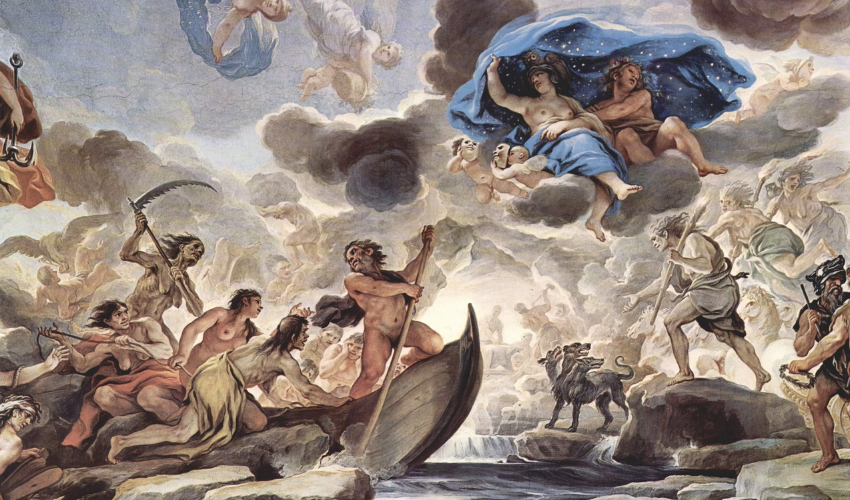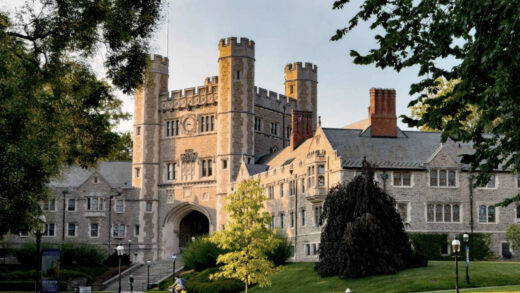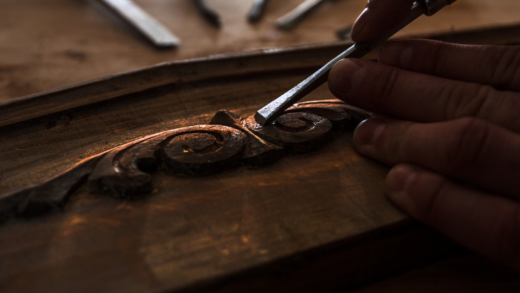The Renaissance was a period of great change in Europe, a time of awakening, a new dawn of knowledge, art, and scientific progress. This period spanned from the 14th century to the 17th century and marked a significant shift in the way people thought, acted, and saw the world. The Renaissance brought a renewed interest in classical learning and culture, leading to a flowering of the arts, sciences, and philosophy. It was a time of great change and growth that shaped the course of Western civilization.
The Renaissance: A Cultural Revival
The Renaissance was a cultural revival that saw the rebirth of classical learning and the rediscovery of ancient knowledge. During this time, scholars rediscovered the works of ancient Greek and Roman writers, inspiring new ideas and perspectives. The Renaissance saw a revival of classical learning and a new appreciation for the arts, sciences, and philosophy.
The Renaissance and the Arts
The Renaissance was a time of great artistic expression, with artists pushing the boundaries of their craft and exploring new forms of expression. Painters such as Leonardo da Vinci, Michelangelo, and Raphael produced some of the most iconic works of art in history during this time. The Renaissance also saw the rise of classical forms such as the sonnet and the epic poem.
The Renaissance and Science
The Renaissance was not just a time of artistic and cultural growth, but it was also a time of scientific progress. Scholars and scientists made significant advances in a variety of fields, from astronomy to anatomy. Galileo Galilei, for example, made groundbreaking discoveries in astronomy and physics, while Andreas Vesalius revolutionized the study of anatomy.
Frequently Asked Questions
What is the Renaissance?
The Renaissance was a period of cultural, artistic, and scientific growth that took place in Europe from the 14th century to the 17th century.
What was the significance of the Renaissance?
The Renaissance marked a significant shift in the way people thought, acted, and saw the world. It was a time of great change and growth that shaped the course of Western civilization.
What were some of the major achievements of the Renaissance?
Some of the major achievements of the Renaissance include the revival of classical learning, the rediscovery of ancient knowledge, and the growth of the arts, sciences, and philosophy. Artists such as Leonardo da Vinci, Michelangelo, and Raphael produced some of the most iconic works of art in history, while Galileo Galilei and Andreas Vesalius made groundbreaking discoveries in their respective fields.
How did the Renaissance impact society?
The Renaissance had a profound impact on society. It led to a renewed interest in classical learning and culture, and it also saw the growth of the arts, sciences, and philosophy. This period of growth and change helped to shape the course of Western civilization.
Who were some of the key figures of the Renaissance?
Some of the key figures of the Renaissance include Leonardo da Vinci, Michelangelo, Raphael, Galileo Galilei, and Andreas Vesalius. These individuals made significant contributions to the arts, sciences, and philosophy during this time.
Conclusion
The Renaissance was a time of great change and growth in Europe. It was a period of cultural, artistic, and scientific revival that had a profound impact on the course of Western civilization. From the revival of classical learning to the growth of the arts, sciences, and philosophy, the Renaissance was a dawn of a new era in human history. This period saw the rediscovery of ancient knowledge, the rise of great artists and scientists, and a renewed interest in classical learning and culture. The legacy of the Renaissance lives on to this day, inspiring new generations to push the boundaries of their own creativity, knowledge, and understanding of the world. The Renaissance was a time of great change, growth, and discovery, and it remains one of the most exciting and transformative periods in human history.























